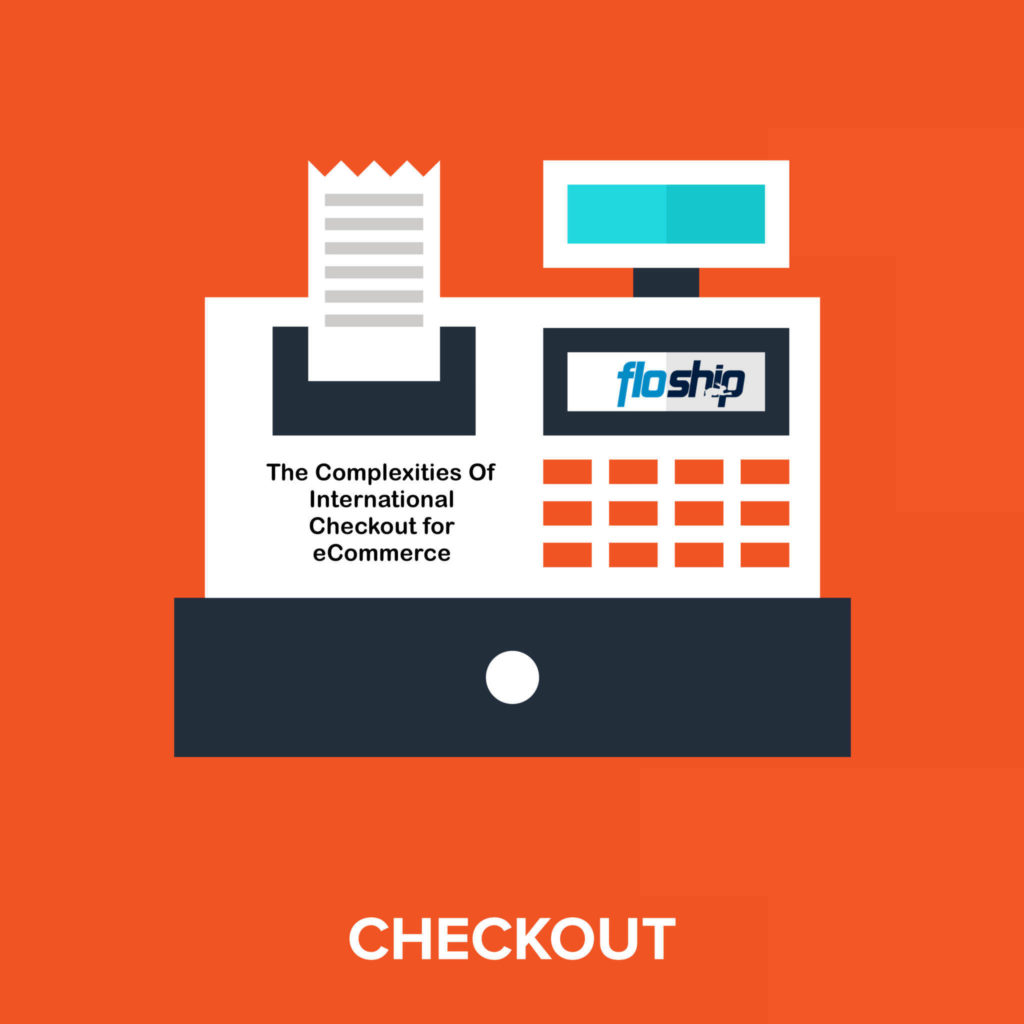With the current rate of growth, global online sales are expected to outpace traditional retail sales by 2017.
In the same time frame, 46% of online transactions will be made from outside the American and European markets.
This growth represents an opportunity for business growth, but countless friction points still remain:
In one Internet Retailer survey, respondents were asked to select the major challenges of selling online. Along with customer service and overcoming language barriers, the most common constraints were payment-related.
Payment is a fundamental part of any commercial transaction, so having ongoing issues with payment can be a deal-breaker.
Contrary to assumptions that global customers use credit cards to make online purchases, this isn’t the case in emerging markets.
Credit card penetration rates differ widely; with some shoppers preferring to use alternative payment methods–such as gift-type cards bought at the local convenience store–when shopping online.
Faced with low conversion rates, eCommerce merchants tend to blame the sales copy, product selection etc.
But two payment-related issues, payment routing and the payment method, have been found to affect conversion rates. PaymentsSource estimates that foreign e-commerce transactions are declined up to 18% of the time. This can lead to an increased occurrence of forced cart abandonment.
In our continuous effort to help our customers make more sales, we’ve identified the difficulties of international checkouts and our recommended work-arounds.
Problem: Poor Conversion Rates
Solution: Offer Localization
To allay the concerns of international customers, online shops must localize their entire offering.
Merchants must consider everything from language, pricing, terms and conditions, the check-out process, preferred payment methods etc. The closer the store resembles one they are familiar with, the easier it will be to get the sale.
To encourage international customers to shop at your site, eCommerce merchants can offer pricing and payment in their local currency.
By adding a currency conversion display at the checkout, international shoppers can “lock in” the sale amount in their home currency.
Your site must provide customers with an effortless shopping experience, regardless of when, where and how they want to pay.
To really take advantage of the borderless world opened by internet technology, you can fully translate your site to the local language–not just currency–and earn more sales. It’s not as difficult as you may think, there are many services like Milengo, an overview of their services in the video below:
Problem: Abandoned Shopping Carts
Solution: Offer Multiple Preferred Payment Options
A robust payment processing system is necessary for any eCommerce success.
It’s important for merchants to research the preferred payment system, when entering new markets:
Take a country like Germany where you’d assume everyone shops online with credit cards. This isn’t true as 75% of online shoppers prefer not to use their credit cards online.
More German prefer to use e-payment methods like Giropay.
In China, only 1% of shoppers pay for online shopping with international credit cards. Chinese shoppers prefer to pay with local options like Alipay, Tenpay, and UnionPay.
What does this mean for international eCommerce sellers?
To close the sale, offer multiple payment options, including the preferred options in the region.
Problem: Currency Fluctuations
Solution: Use Currency Hedging
As an international eCommerce merchant, you are at the whim of the daily currency fluctuation:
Some days, the rate could move in your favor, other days it can move against you. This fluctuation can happen while the sale is in progress, with the value of the foreign currency changing relative to the value of the dollar.
Left unchecked, currency fluctuations can take a large chunk out of your profits. Smart merchants use currency hedging to protect themselves from from the risk of changing currency values.
You can hedge currencies by making all transactions with a foreign bank account, or using a futures contract or currency options.
While these options let you lock in at a certain price, they also come with various fees and commissions charged by the bank.
Problem: Payment Fraud
Solution: Reliable Payment Processing
According to Cybersource, eCommerce sellers and retailers that sell internationally are twice as likely to be scammed as domestic sellers.
In light of this, regulations like the Payment Services Directive (PSD) have been implemented in Europe to protect consumers from fraud.
Europe isn’t alone in tightening its laws; every market has a strict set of rules that govern payments, specifically for (online) payments.
Effective fraud prevention starts with a thorough understanding of the market you are entering, as it helps to tailor fraud fighting techniques to be used.
To protect your business, work with a reliable payment processor that offers robust fraud management capabilities. The processor should be able to track parameters like geolocation, device “fingerprinting” to identify the device used to access your site, tools to monitor critical transaction data, like card number, billing and shipping addresses, email etc.
This may seem like overkill, but having your business associated with electronic payment fraud is detrimental to your reputation.
Customers will place the blame on the merchant, leading to a reduced propensity to shop online.
Conclusion
The complexities associated with international e-commerce expansion is are often underestimated.
Merchants must realize that a customer’s buying experience relies on everything from the ease of site navigation to making payments.
To run a successful eCommerce site and deliver an optimal customer experience, functions like payment, financing, customer service and and logistics must work in tandem.
With payment complexities sorted out, the other crucial element of international eCommerce success is delivery.
While we can’t offer payment processing, Floship is an industry leader in order fulfillment for eCommerce and crowdfunding projects.
For more information on how we can help your business grow, contact us here.
Read More on eCommerce Operations & Fulfillment
- The eCommerce Logistics Value Chain: What You Need To Know
- International eCommerce: Is Your Price Right?
- Cracking The Harmonized System Code: Product Classification for International Shipping
- What’s Your Cross Border Strategy For Fulfillment?

Ready To Upgrade Your Logistic Solution?
Speak to Floship ecommerce logistic consultant about improving your global support chain today




